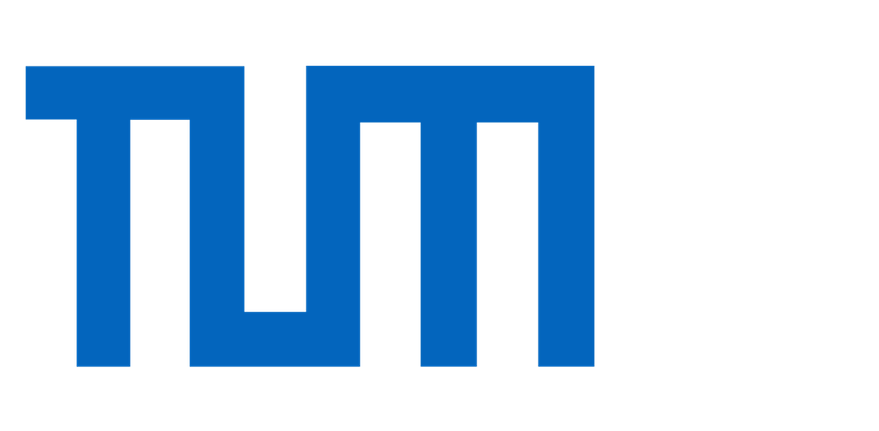Our CVPR paper titled “Correspondence-Free Material Reconstruction using Sparse Surface Constraints” is online now with a pre-print, source code, and the corresponding video! Enjoy. The paper proposes a method to optimize for solutions of a finite-element elastodynamics solver that match a set of given observations (in the form of a depth-video). This method does not employ any neural networks or deep learning methods for a change, but is nonetheless closely related due to its gradient-based optimization scheme.
Full abstract: We address the problem to infer physical material parameters and boundary conditions from the observed motion of a homogeneous deformable object via the solution of an inverse problem. Parameters are estimated from potentially unreliable real-world data sources such as sparse observations without correspondences. We introduce a novel Lagrangian-Eulerian optimization formulation, including a cost function that penalizes differences to observations during an optimization run. This formulation matches correspondence-free, sparse observations from a single-view depth sequence with a finite element simulation of deformable bodies. In conjunction with an efficient hexahedral discretization and a stable, implicit formulation of collisions, our method can be used in demanding situation to recover a variety of material parameters, ranging from Young’s modulus and Poisson ratio to gravity and stiffness damping, and even external boundaries. In a number of tests using synthetic datasets and real-world measurements, we analyse the robustness of our approach and the convergence behavior of the numerical optimization scheme.

